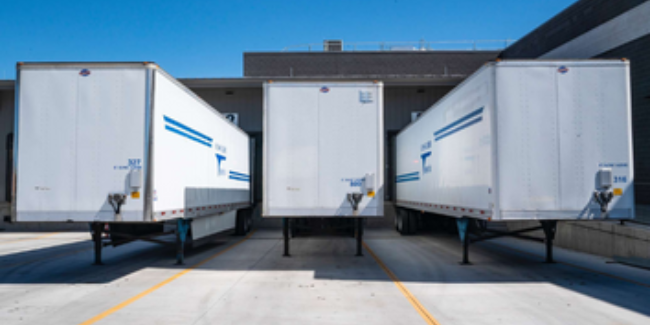Freight rates skidded in March to lowest level since April 2020, ACT says
But history says demand growth should return by 2024, judging by past cycles.

Freight rates continued their decline in March, sinking to their lowest level since April 2020, but that cycle should turn around by 2024 if historical trends hold true, according to a report from transportation analyst firm ACT Research.
“A normal trucking freight cycle includes two-plus years of growth followed by about 18 months of retrenchment,” Tim Denoyer, Vice President & Senior Analyst at ACT Research, said in a release. “The Volume Index has been below 50 for nine of the past 12 months. While the near-term outlook remains cautious, imports should begin to recover soon. If this cycle is like the last two, demand growth will return in 2024, perhaps even late 2023.”
That data came from ACT’s For-Hire Trucking Index, a monthly survey of for-hire trucking service providers. ACT Research converts their responses into diffusion indexes, where the neutral or flat activity level is 50.
By that measure, ACT’s Pricing Index continued its grim readings, falling 5.4 points to 36.5 in March (seasonally adjusted) from 41.9 in February. This is the second lowest reading in the index’s history, with only April of 2020 being lower.
“The cure for low prices is low prices, and with spot rates far below fleet operating costs, capacity is slowing. While the pricing pendulum remains with shippers for now, we see signs that the next capacity rebalancing has begun. We think capacity is set to decline later this year, and rate trends should begin to recover as soon as traction on freight volumes is established,” Denoyer said.
In fact, other measures were not so bad. Volumes declined at a slower rate last month, amidst a market of mixed economic signals and rolling recessions. ACT’s Trucking Volume Index declined by less in March, at 45.3 (seasonally adjusted) versus 43.1 in February.
And ACT’s Capacity Index ticked up by 0.6 points m/m to 53.6 in March, but still indicates slower growth than in 2022. According to ACV, those figures show that capacity has improved in terms of both equipment and drivers the past year, with improvements in the supply chain boosting truck production and as drivers seek safe harbor with larger, well-capitalized fleets after the sharp fall in spot volumes and rates.
Related Articles
Copyright ©2024. All Rights ReservedDesign, CMS, Hosting & Web Development :: ePublishing